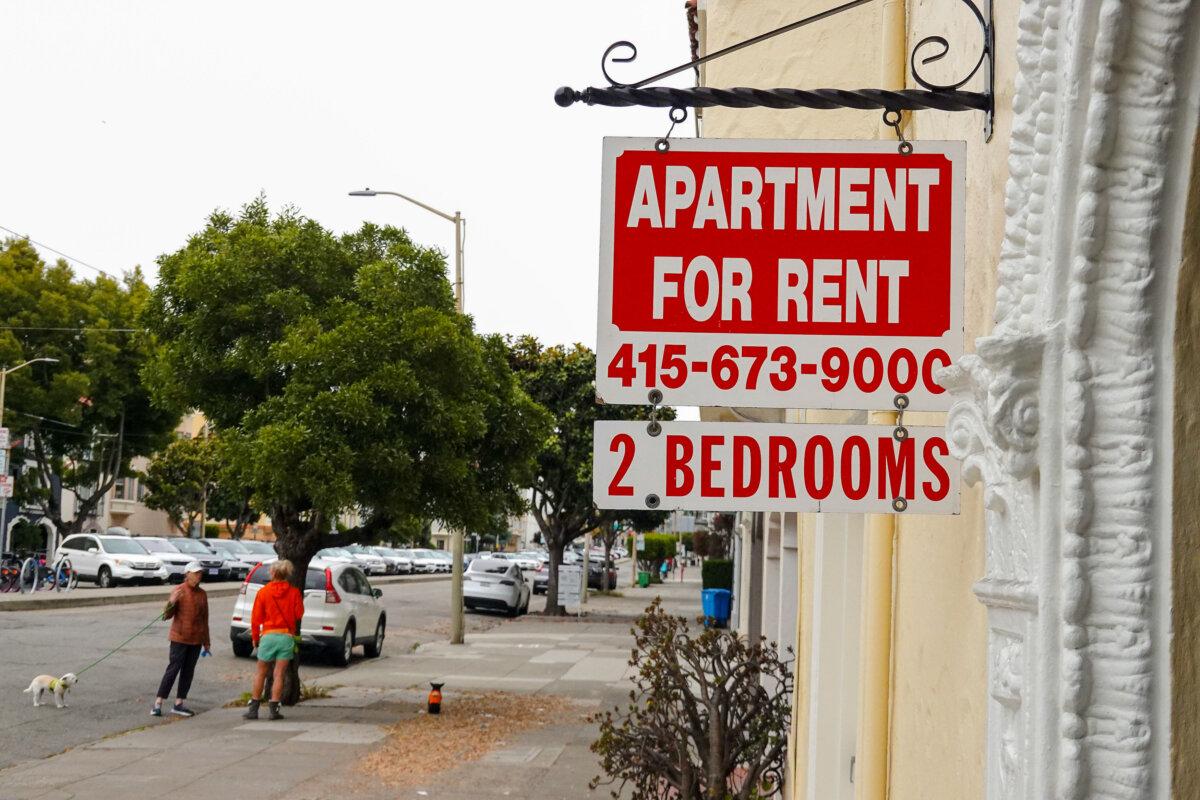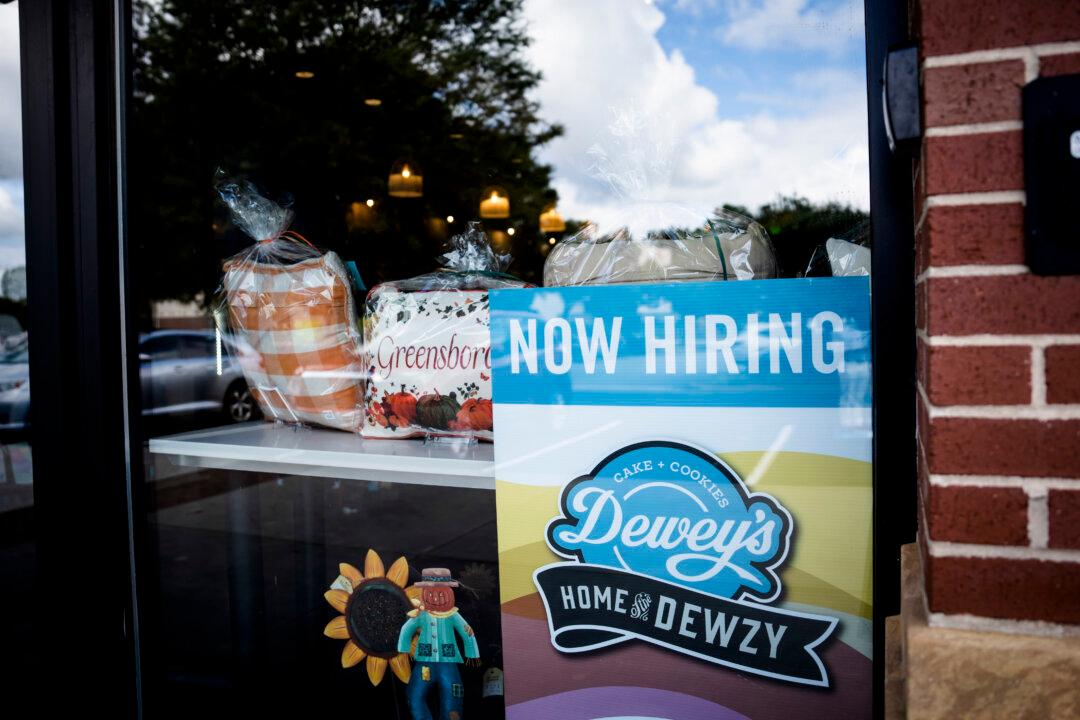New home sales in the United States unexpectedly surged in April to the highest level in more than three years, new government data show.
This is the highest sales volume since February 2022 and higher than the consensus forecast of 690,000 units.
While inventories slowed from March to April, housing stockpiles surged 8.6 percent from a year ago. Additionally, the U.S. real estate market maintains 8.1 months of supply at the current rate of sales activity.
The median sales price of new houses sold in April was $407,200. This is up 0.8 percent from the previous month and is 2 percent below the April 2024 price of $415,300.
Last month, existing home sales dropped 0.5 percent to a seasonally adjusted rate of 4 million units, the second consecutive monthly decline.
The United States has endured historically low levels of existing residential properties because of the golden handcuff effect. Many homebuyers purchased their houses in the early days of the COVID-19 pandemic, when mortgage rates were at all-time lows. As a result, many homeowners bought homes at 3 to 5 percent, much lower than today’s current rate of nearly 7 percent.
“Home sales have been at 75 percent of normal or pre-pandemic activity for the past three years, even with seven million jobs added to the economy,” Lawrence Yun, chief economist at the National Association of Realtors, said in a statement. “Pent-up housing demand continues to grow, though not realized. Any meaningful decline in mortgage rates will help release this demand.”
Mortgage Rates
Despite optimistic signs that home prices are improving, housing affordability remains a considerable challenge amid elevated mortgage rates, says Bill Adams, chief economist for Comerica Bank.“High mortgage rates are likely to persist as a drag on housing,” Adams said in a note emailed to The Epoch Times.
“Homebuying affordability is gradually improving as prices rise slower than incomes. But factoring in mortgage rates, prices, and incomes, homes are still very expensive compared with the pre-pandemic period.”
This, Adams adds, will keep younger households in rental units for an extended period, which could support multi-family construction trends.

However, according to Redfin analysts, this could be a lagging indicator because permits to construct U.S. apartments fell below pre-crisis levels last month.
“At some point in the next year, the slowdown in building will mean that renters have fewer options—potentially leading to an increase in rents.”
For now, rental unit costs have been trending downward over the past couple of years.







